Affiliate links on Android Authority may earn us a commission. Learn more.
Why are Apple's chips faster than Qualcomm's? - Gary explains
May 2, 2023
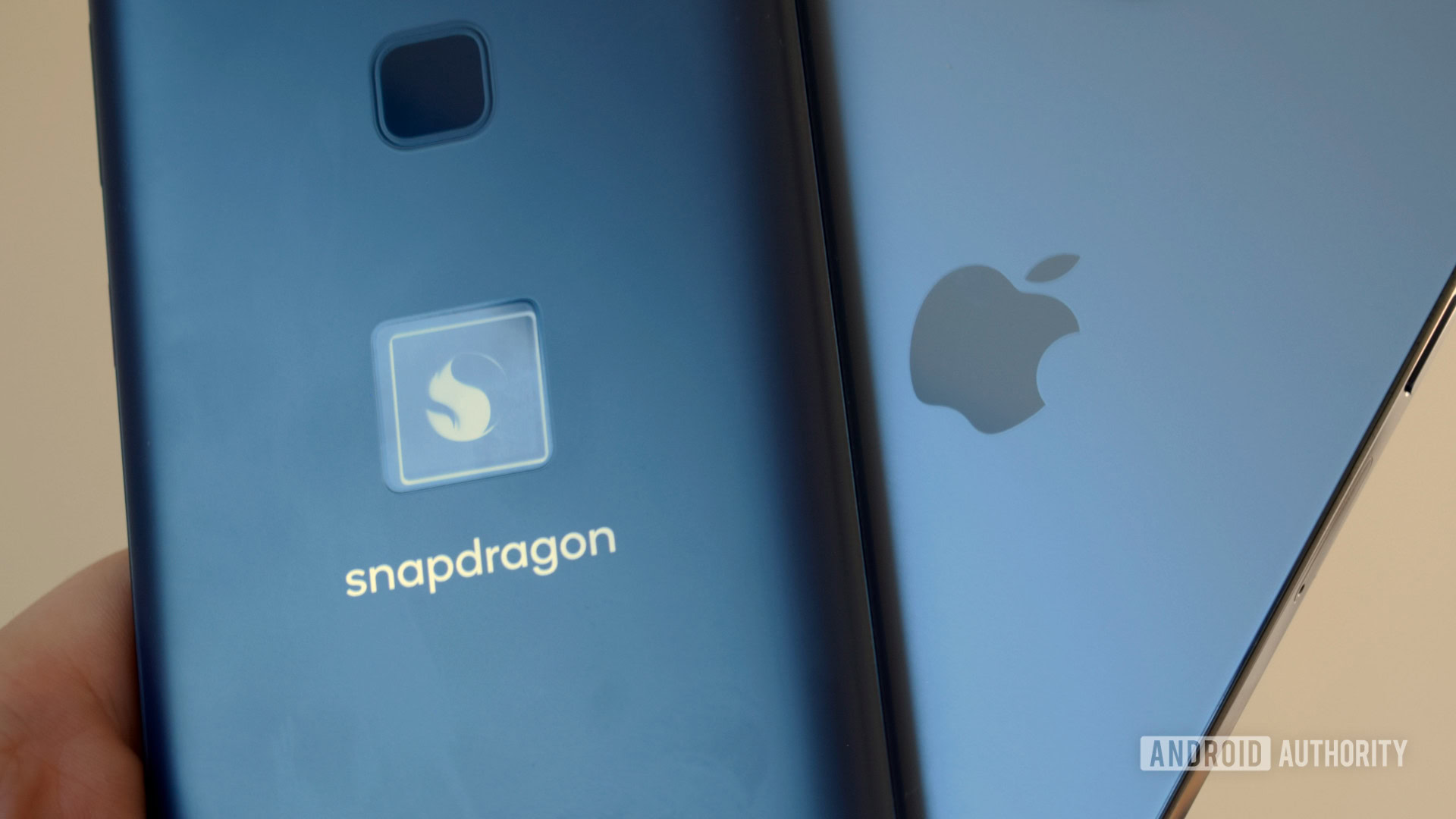
Generally, whenever Apple announces a new iPhone, it also announces a new System-on-a-Chip. Inevitably, comparisons are made between Apple’s latest SoC and the latest offerings from Qualcomm, Samsung, Google, and MediaTek. It doesn’t usually take long for benchmarking numbers to appear and for Apple to be declared the winner.
So, why is it that Apple’s SoCs always seem to beat the competition? Why are the processors used by Android seemingly so far behind? Are Apple’s chips really that good? Well, let me explain.
Apple silicon

Apple designs processors that use Arm’s 64-bit instruction architecture. That means that Apple’s chips use the same underlying RISC architecture as Qualcomm, Samsung, and Google. The difference is that Apple holds an architectural license with Arm, which allows it to design its own chips from scratch. Apple’s first in-house 64-bit Arm processor was the Apple A7 which was used in the iPhone 5S. It had a dual-core CPU, clocked at 1.4 GHz, and a quad-core PowerVR G6430 GPU. It was manufactured using a 28nm process.
Fast forward several years and Apple’s latest offerings for mobile, use a hexa-core CPU, using Heterogeneous Multi-Processing (HMP), and an in-house GPU (after Apple decided to stop using Imagination’s GPU, while still licensing the underlying tech from Imagination). The six CPU cores are made up of two high-performance cores, and four energy-efficient cores.
The A16 contains 16 billion transistors, a 16-core Neural Engine, and a video codec with support for ProRes, HEVC and H.264 encoding and decoding, as well as decoding support for MP4, VP8, and VP9. It is manufactured using TSMC’s 4 nm fabrication process, known as N4P.
Comparison
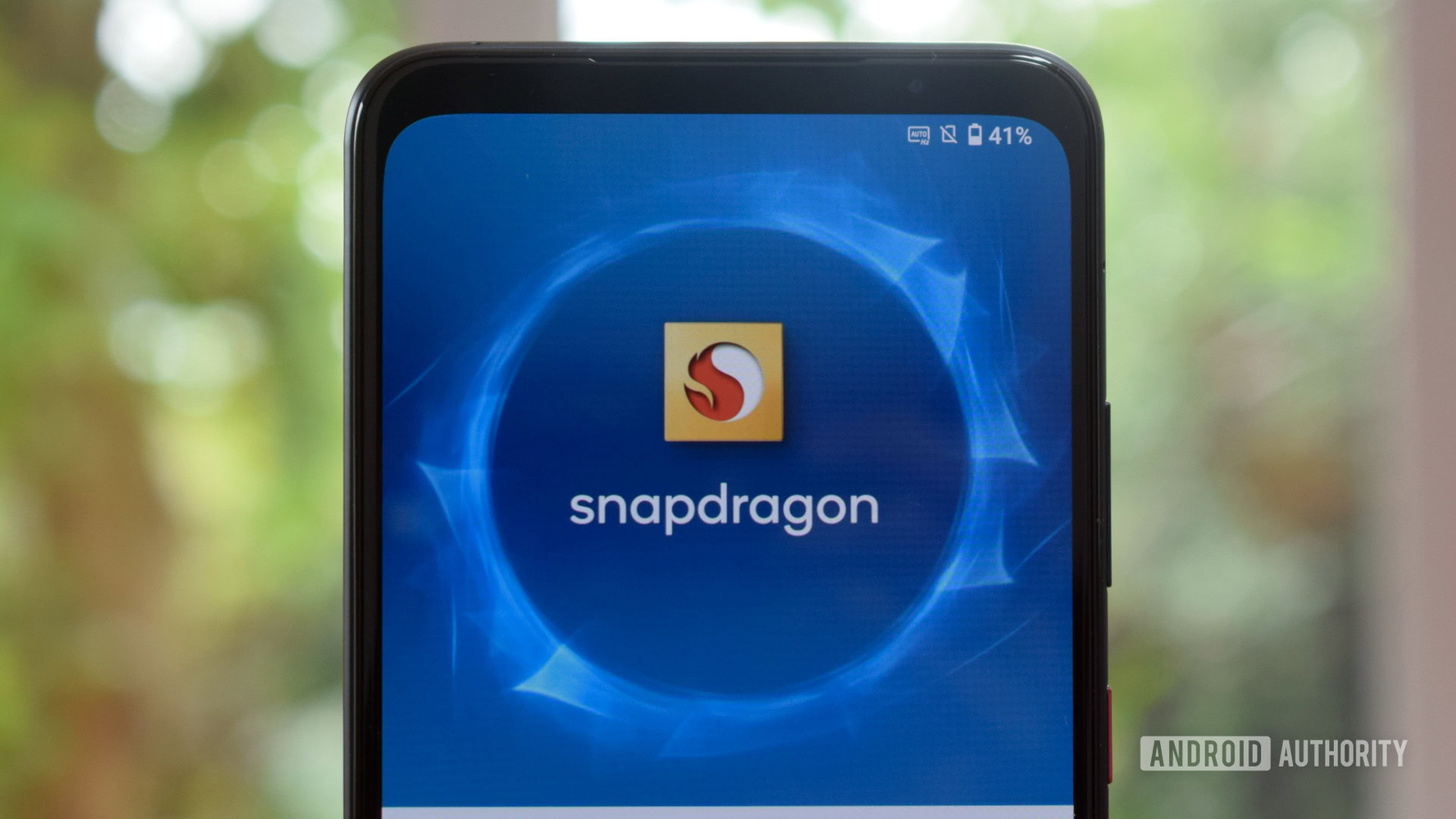
But what does all that mean? Here is an overview of how Apple’s recent generations of processors compare to the best from Qualcomm, Samsung, and Google:
Note: Geekbench only tests the CPU score. It doesn't exercise the GPU in any way nor does it test the ability of any other components on board the SoC including the DSP, ISP or any neural networking engines.
In short, Apple’s recent generations of processors offer better CPU performance than every other smartphone processor, from any company.
Why?
On paper, the scores for Apple’s processors (which only have 6 cores) are faster than the octa-core scores for all the processors. And not just for one generation, but two, or even three. As I mentioned above though, Geekbench doesn’t test other parts of the SoC. Things like the GPU, the DSP, the ISP, and any AI-related functions. These other parts of the SoC will influence the day-to-day experience of any devices using these processors. However, when it comes to raw CPU speed, Apple is the clear winner.
This can be a bit hard for Android fans to stomach. So what is the reason? First, we need a bit of a history lesson.
Timeline
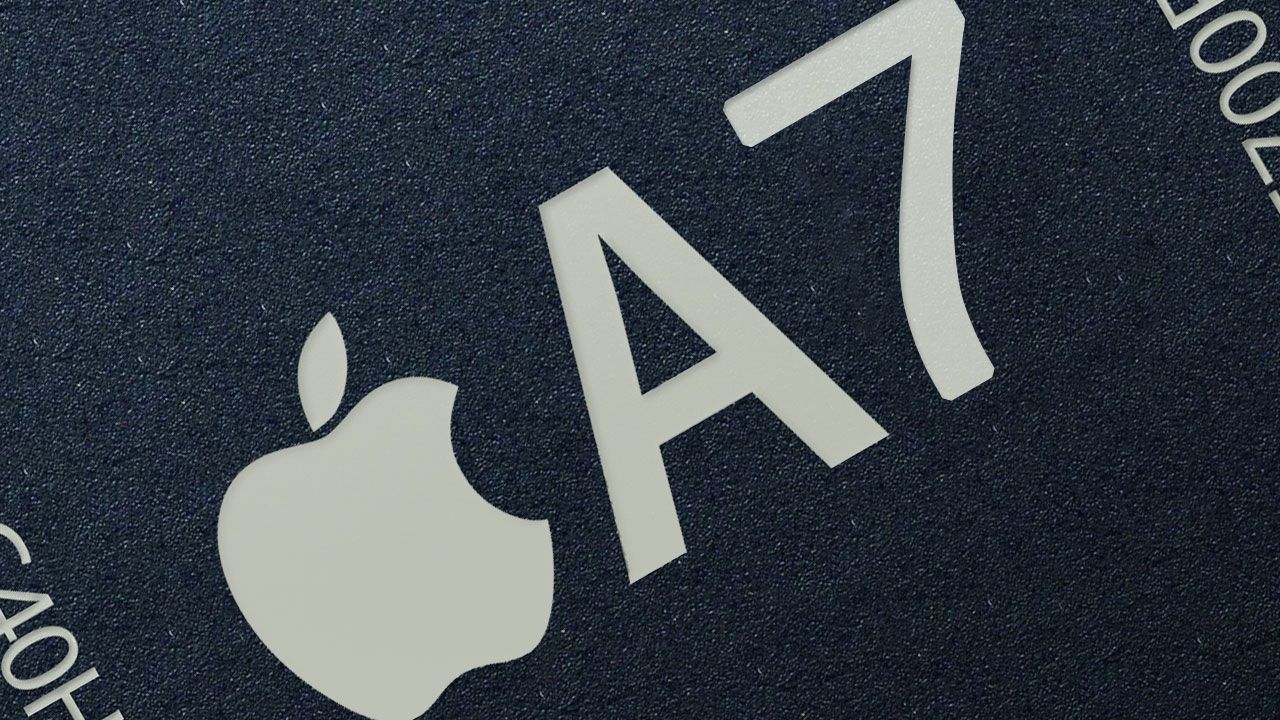
It is fair to say that Apple caught Qualcomm sleeping when it announced the 64-bit A7 back in 2013. Until that point, Apple and Qualcomm had both been shipping 32-bit Armv7 processors for use in mobile devices. Qualcomm was leading the field with its 32-bit Snapdragon 800 SoC. It used an in-house Krait 400 core along with the Adreno 330 GPU. Life was good for Qualcomm.
When Apple suddenly announced a 64-bit Armv8 CPU, Qualcomm had nothing. At the time one of its execs called the 64-bit A7 a “marketing gimmick”, but it didn’t take long for Qualcomm to come up with a 64-bit strategy of its own.
In April 2014, Qualcomm launched the Snapdragon 810 with four Cortex-A57 cores and four Cortex-A53 cores. The “Cortex” range of cores come directly from Arm, the custodians of the Arm architecture. But in that same year, Apple announced the A8, its second-generation in-house 64-bit CPU. It wasn’t until March 2015 that Qualcomm was able to announce its first-generation in-house 64-bit CPU, the Snapdragon 820, with its custom Kryo CPU core.
In September of the same year, Apple released the iPhone 6S using the A9 processor, Apple’s third-generation 64-bit in-house CPU. Suddenly Qualcomm was two generations behind Apple.
In 2016, Qualcomm’s offering was from Arm again, but it had a twist. Arm created a new licensing program that allowed its most trusted partners early access to its latest CPU designs and even some measure of customization. The result was the Kryo 280 CPU core. According to the spec sheet, the Snapdragon 835 uses eight Kryo 280 cores, however it is generally accepted that it has four Cortex-A73 cores (with tweaks) plus four Cortex-A53 cores (with tweaks). For the Snapdragon 835, Qualcomm moved the announcement from spring to winter meaning the 835 was announced after the Apple A10 and the iPhone 7.
Qualcomm's first 64-bit CPU arrived in the same year as Apple's third.
This ping-pong match continues. Things changed slightly when Arm introduced the Cortex-X range. These CPU cores were designed to lessen the gap between Android’s processors and Apple’s. The Cortex-X CPUs are designed first for the highest performance, even at the risk of higher power consumption. That is why there is normally just one Cortex-X core in a mobile processor and then three high-end Cortex-A cores, and then four power-efficiency cores. A 1+3+4 setup.
But the 1+3+4 setup isn’t the only variation being used. The Google Tensor G1 and G2 both use two Cortex-X cores. The G1 uses two Cortex-X1 cores along with two older Cortex-A76 cores. Whereas the G2 again uses two Cortex-X1 cores, but now with two Cortex-A78 cores. Qualcomm used a different setup in the Snapdragon 8 Gen 2. There is one Cortex-X3 core, two Cortex-A715 cores, two Cortex-A710 cores (for 32-bit compatibility), and then three Cortex-A510 cores. A 1+2+2+3 setup.
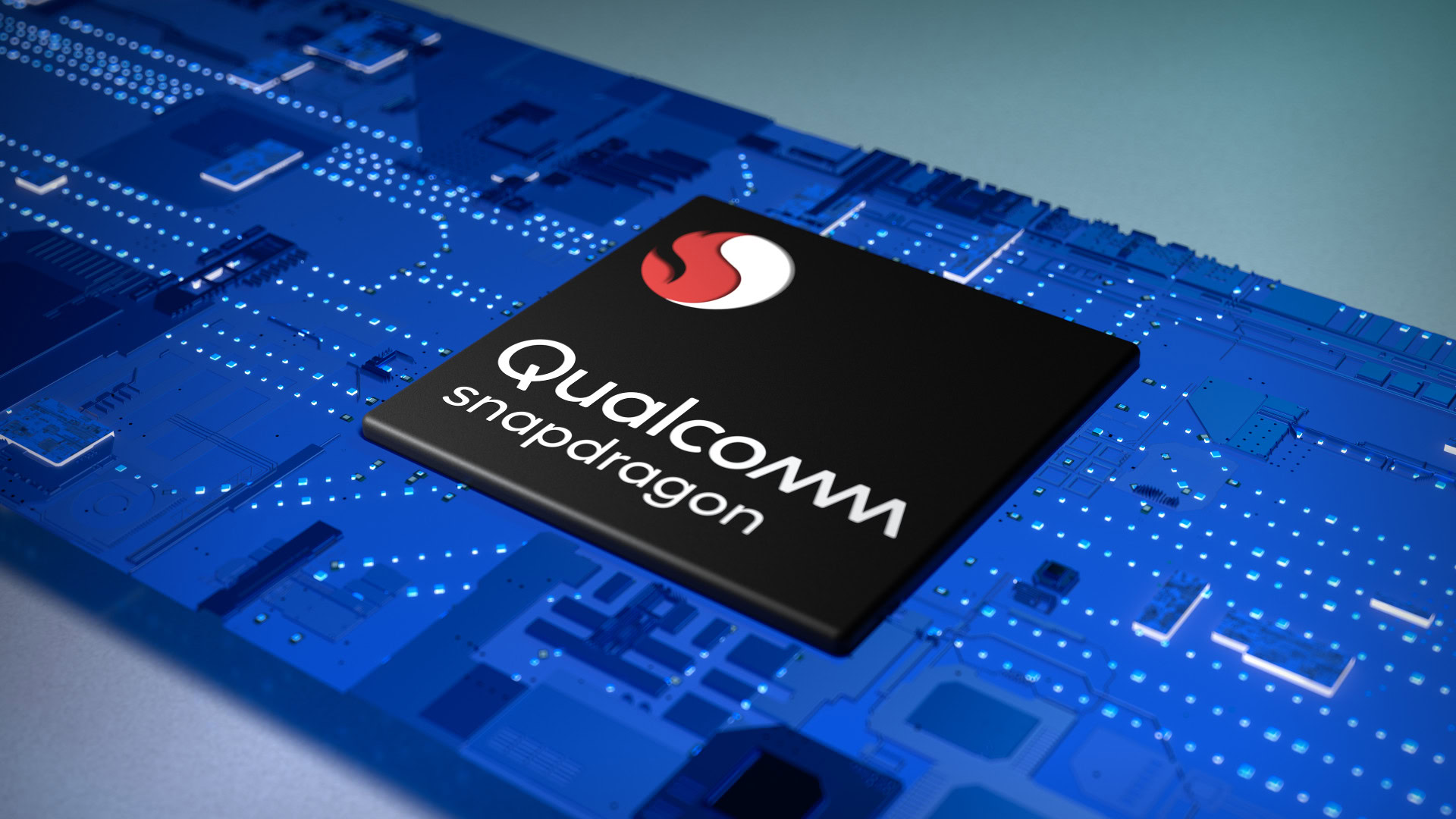
What is different about Apple’s CPU cores?
There are several key things to recognize about Apple’s CPU cores.
First, Apple had a head-start over just about everyone when it comes to 64-bit Arm-based CPUs. Although Arm itself announced the Cortex-A57 back in October 2012, the proposed timeline was that Arm’s partners would ship the first processors in 2014. But Apple had a 64-bit Arm CPU in devices during 2013. The company has since managed to capitalize on that early lead and has produced a new CPU core design every year.
Second, Apple’s SoC efforts are tightly coupled to its handset releases. Designing a high-performance mobile CPU is hard. It is hard for Apple; for Arm; for Qualcomm; for everyone. Because it is hard, it takes a long time. The Cortex-A57 was announced in October 2012, but it didn’t appear in a smartphone until April 2014. That is a long lead time.
However, that lead time is changing. The cadence at present seems to be that Arm announces its new CPU designs in the late Spring and OEMs start to announce devices towards the end of the year or the start of the next year. Normally around 6 to 8 months after the CPU designs have been announced. Of course, the smartphone makers don’t get to hear about the newest processors when we do, they are read-in to what is happening for maybe 18 months ahead.
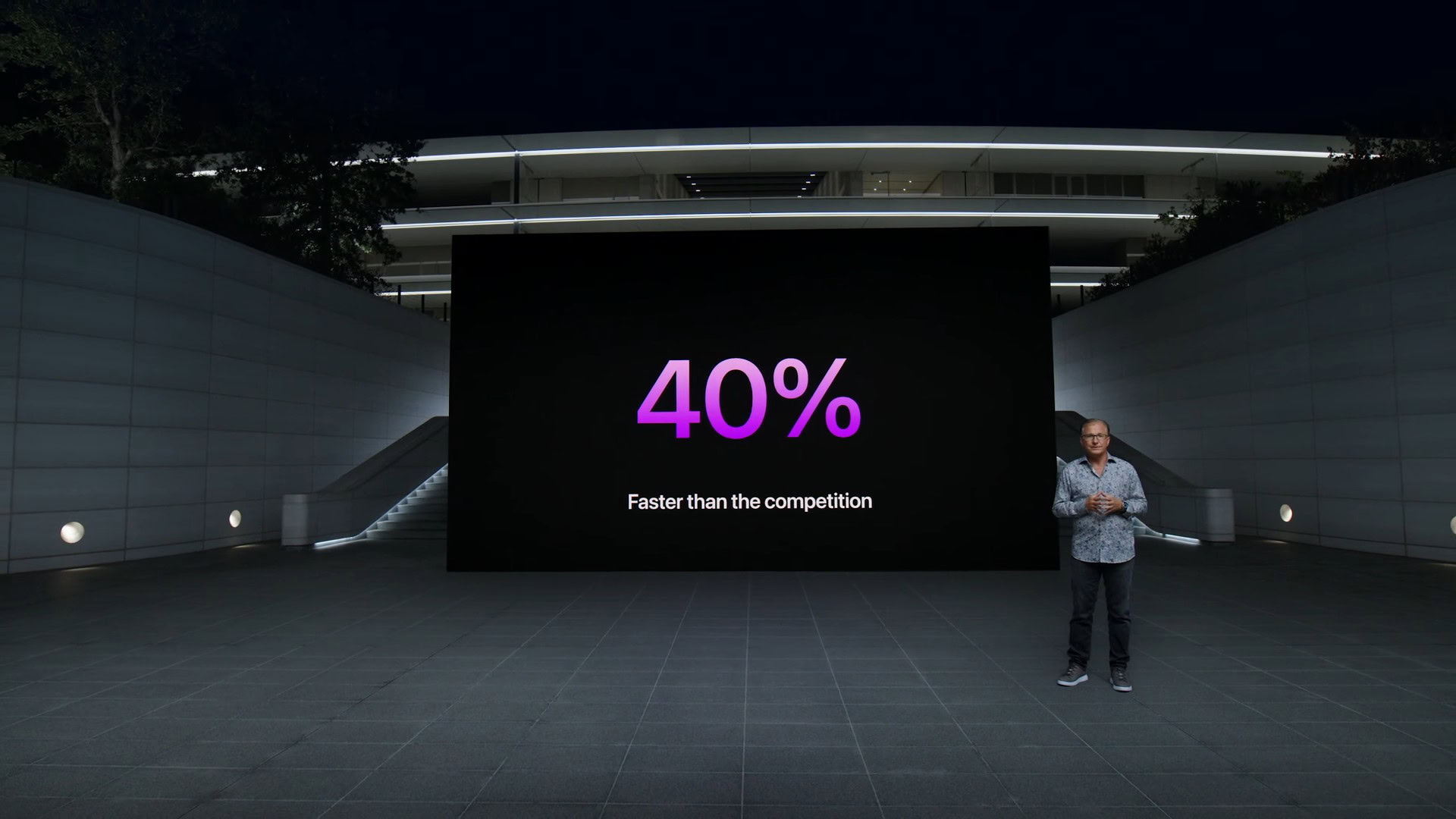
Third, Apple’s CPUs are big and in this game, big means expensive. The Apple A15 has 15 billion transistors and the A16 is even bigger at 16 billion transistors. The key here is that Apple sells smartphones, not chips. As a result, it can afford to make the SoCs more expensive and recoup the money in other places, including the final retail price.
Arm and Qualcomm, however, are in the chip selling business. Arm does the CPU core design for Qualcomm (and others like MediaTek) and Qualcomm designs the chips, which it, in turn, sells to handset makers like Samsung, OnePlus, Sony, etc. Arm needs to make a profit. Qualcomm needs to make a profit. All the OEMs need to make profits. The practical result is that Qualcomm can’t afford to make overly expensive processors or OEMs will start looking elsewhere.
Apple can afford to make its SoCs more expensive and recoup the money in the iPhone's final retail price. Arm and Qualcomm can't.
Fourth, Apple’s CPUs have big caches. Silicon costs money and for some chip makers, their profit margin can be found in just 0.5 mm2 of silicon saved. Like the third point above, Apple is able to make bigger chips (in terms of silicon costs) and that includes large caches.
The Apple A16 has 16MB of cache for the performance cores, 4MB of L2 cache for the efficiency cores, and a huge 24MB of system cache. That is a total of 44MB of cache! These caches are huge compared to the Snapdragon 8 Gen 2, which is estimated to have about a quarter of that.
If you want more information about caches in general please see: what is cache memory – Gary explains.
Fifth, and finally, Apple’s plan of making processors with wide pipelines at (initially) lower clock speeds has come to fruition. In very broad terms, SoC makers can either make a CPU core with a narrow pipe, but run that pipe at high clock frequencies; or use a wider pipe, but at lower clock speeds. Like a real-world water pipe, you can either pump water at high pressure through a narrower pipe or at lower pressure through a wider pipe. In both cases, you can theoretically achieve the same throughput. Arms processors tend to use narrower pipes (but that has changed slightly with the Cortex-X range), while Apple is in the wider pipeline camp.
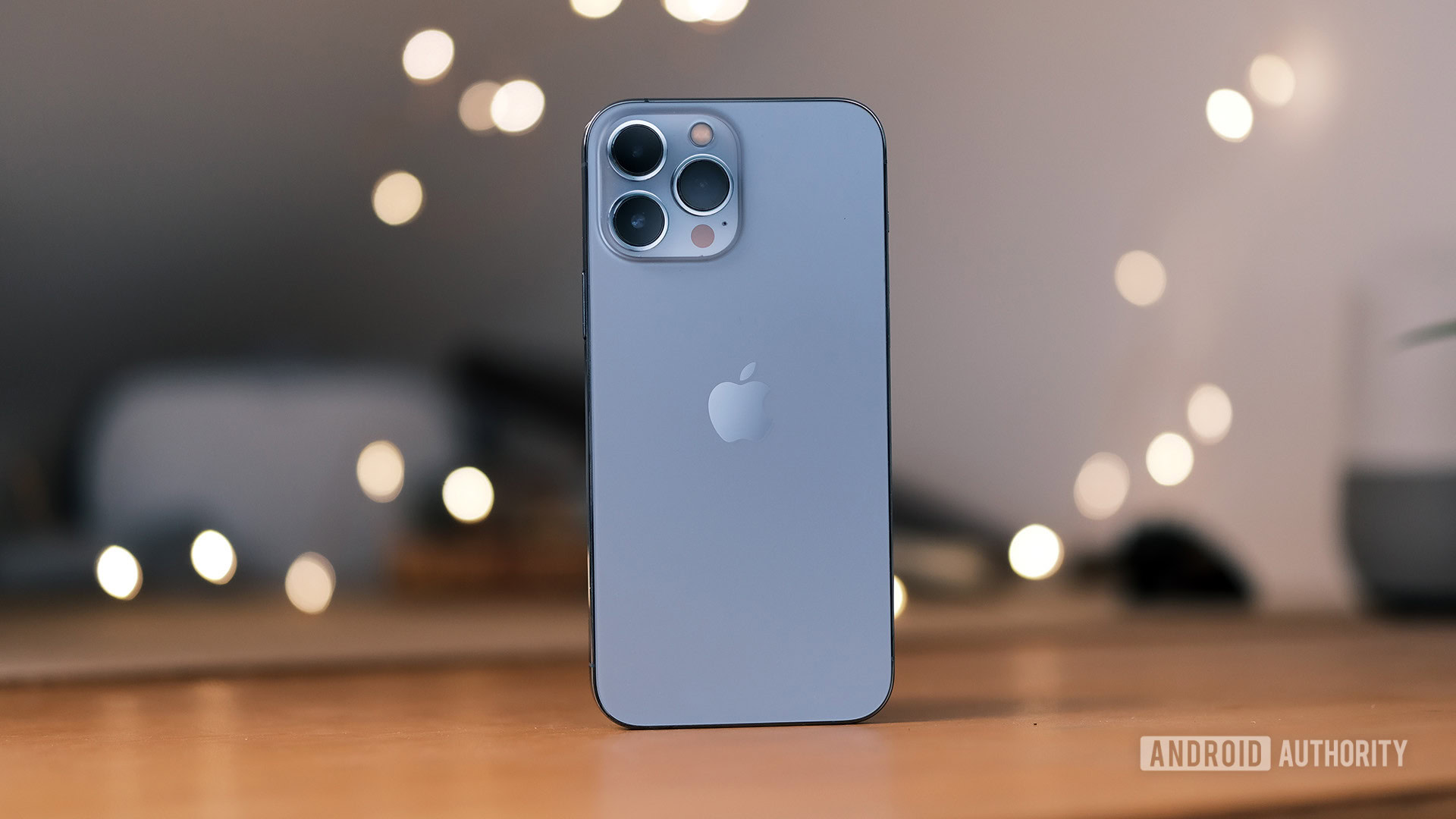
Nuvia
One way that Qualcomm could catch Apple is if it was able to hire some ex-Apple engineers who worked on Apple’s processors and get them to design a Qualcomm processor. Well, that is exactly what Qualcomm did, well almost.
Nuvia was a CPU design company founded in 2019 by ex-Apple CPU design chief Gerard Williams and John Bruno, a System Architect at Google who had previously worked for five years at Apple in a similar capacity. Williams was Chief CPU Architect at Apple. He worked on the company’s Cyclone, Typhoon, Twister, Hurricane, Monsoon, and Vortex CPU architectures for various Apple A-series SoCs. Prior to his work at Cupertino, Williams spent 12 years as an Arm Fellow, working on the Cortex-A8 and Cortex-A15 architectures.
In early 2021, Qualcomm bought Nuvia for $1.4 billion.
Since then the ex-Nuvia team has been working on a new processor for Qualcomm. It will be an in-house design and its initial iterations will be aimed at laptops. Qualcomm is planning to release the Nuvia-based processor sometime in 2023, with the first consumer products to land in 2024. After that, Qualcomm will likely try to make a smartphone version based on the same tech.
Wrap-up
There is no denying that Apple has a world-class CPU design team that has consistently produced the best SoCs in the world over the last few years. Apple’s success isn’t magic. It is a result of excellent engineering, a good lead time over its competitors, and the luxury of making SoCs with lots of silicon for a small number of products.
We won't see a SoC from Qualcomm, Samsung or MediaTek that can beat Apple's latest SoC in terms of raw CPU power, unless...
I predict that we won’t see a SoC from Qualcomm, Samsung or MediaTek that can beat Apple’s latest SoC, in terms of raw CPU power unless one of the following happens:
- Apple stumbles and produces a “bad” SoC. This means it will lose its lead against the other OEMs.
- One of the leading chip makers decides to build an expensive CPU with a large surface area and lots of silicon dedicated to things like cache etc.
There are signs that one or maybe both of those conditions might happen soon. The Nuvia-based processor is certainly something to watch out for, and the fact that Apple used the older A15 in the iPhone 14 and iPhone 14 Plus, means that the A16 doesn’t offer as much of a leap in performance as previous generations. Interestingly it uses only 1 billion more transistors than the A15, the smallest generation increase in transistor count for a long time.
One more thing

It isn’t fair to close here. I have concentrated squarely on the CPU performance as measured by Geekbench. However, an SoC isn’t just a CPU. There is also the GPU, the DSP, the ISP, and so on. These components in Apple’s processors are also impressive but so are the GPU, DSP, and ISP in Qualcomm’s processors. Ultimately, it comes down to user experience. Does the iPhone with Apple’s SoC offer a good user experience? Yes. Does the latest Android flagship using the latest Snapdragon make for a good user experience? Also, yes.
But here is the key, our expectations are changing. Today’s processors from Apple, Google, Qualcomm, and Samsung all contain dedicated Neural Processing Units (NPU). These perform tasks like object detection, object outlining, object recognition, face detection, and face recognition, and they do it much faster than a CPU. The use of Machine Learning is becoming a fundamental part of the user experience and it isn’t dependent too much on the power of the CPU. We are slowly moving towards a more holistic view. It is clear that Google is pushing the idea of machine learning first in its smartphone processors with its Tensor G1 and G2 chips.
What this means is that now is the time for Qualcomm, Google, Samsung, MediaTek, and Arm to redefine the traditional SoC and implement new features like neural processing. If they can do that better than Apple, then there is a chance that they will gain the upper hand in years to come.
Thank you for being part of our community. Read our Comment Policy before posting.